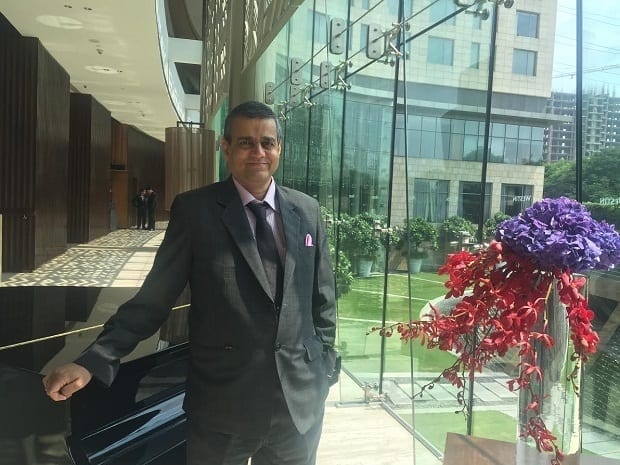Digital Transformation Roadmap: Vipul Anand, Group CIO, Jindal Steel & Power
“Our digital strategy has key components like social, mobile, cloud, analytic, IoT and it is not only driven by IT experts, but also has the understanding of business leaders,” says Vipul Anand, Group CIO, Jindal Steel & Power Limited. In conversation with Ankush Kumar, he gave valuable insights on how key technology inventions are creating value to the organization.
As the group CIO Anand is responsible for the global business which includes businesses in the areas of steel, mining, infrastructure and power along with education and global overseas business. Talking about the relevance of IT in the core business of the group, he explains, “We have a strong inclination towards IT and allied technologies, but off-late we have come up with our digital transformation roadmap. Our digital strategy has key components like social, mobile, cloud, analytic, IoT and it is not only driven by IT experts, but also has the understanding of business management people.”
Elaborating on each of these technologies he informs that most of the mills in the manufacturing units at the Odisha plant are IoT enabled. They have got their own cloud infrastructure hosted out of their own data center which is a single integrated platform available for the group across all locations. When it comes to analytics the group is using the SAP ERP platform and have got a huge license base. “SAP is majorly at a transaction layer for us, we facilitate our business on the faster decision making through the analytics layer. For analytics, we have a separate centre of excellence that partners with OEMs like Qlik. Based on the real time data our top management is able to take faster decisions. Therefore, for analytics, we have got separate centre of excellence that mostly partners with OEMs.”
He then briefed about the mobility and how it is being really helpful in faster decision making,“We have enabled most of our IT systems to the mobility enabled platform and we have India’s largest power plant where the entire generation and distribution is controlled through mobile. The decision making process and delegation of authorities across the group is also enabled on mobile. So if somebody has to make a purchase anywhere in the country and his approve is sitting elsewhere, he need not have to wait for the approval to come in and then do the login. Therefore, the moment he raises his request it goes to his mobile device which can be approved on the mobile itself and then it goes back to the system centrally. By this we are able to save on cost, save on time, save on paper and brings efficiency in the decision making process.”
The steel and power business conglomerate has several evaluation teams that continually works on innovating new products and technologies which keep coming up across the globe and then they also take faster decisions to adopt these technologies. Anand also elucidates how the company has automated its processes and has made the data meaningful for them. “Most of the advanced machines that are being used in manufacturing the products like ours are giving lots of data at various stages of production. Off-late OEMs and most of our own business partners have made us realize that we can use these data effectively coming out at various stages of the production. As our focus has always been to produce more and more products for which we have bought it. We have adopted L1, L2,L3,L4 layer of the architecture where from these machines the data is moving on to the MES layers and then to the SAP ERP layer and vice-versa. Thus we are able to integrate our entire production facility. Now we have a better planning and a better delivery of our products. We have optimized stock of manufactured goods and we manufacture right thing at the right time. So all this is actually automated.”
“Then the other problem that we have solved through technology was that how do the decision makers come to know what is happening across the mills, says Anand. “This has been done through the analytics lab. The data comes on the dashboard and through this dashboard the unit head monitors, so we have various KPIs.”

